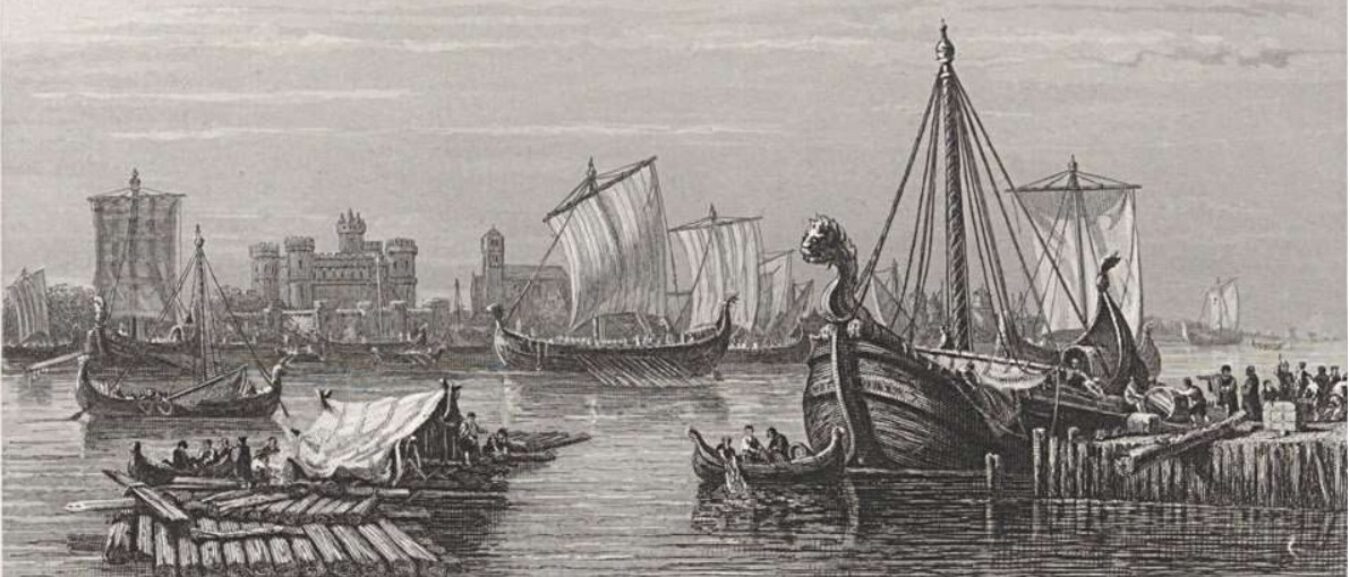Morana, also known as Marzanna or Morena, is a goddess in Slavic mythology who was associated with death, winter, and the cycle of life and rebirth. Her name means “death” or “the dying one,” and she was often depicted as a tall, thin woman dressed in white or black, with long, flowing hair.
Morana was revered as a powerful and fearsome deity who presided over the cycle of life and death. Her association with winter and the dark half of the year linked her to the natural cycle of the seasons, and her worship often involved rituals and offerings to honor the passing of the old year and the coming of the new.
In addition to her role as a goddess of death and the winter, Morana was also associated with fertility and the cycle of rebirth. Her ability to bring new life out of the darkness and to renew the natural world was highly valued, and her image was often used in talismans and amulets to bring protection and ensure a successful harvest.
Morana was especially venerated by women, who saw her as a powerful and transformative figure who embodied the power of death and rebirth. Her worship often involved dances and other rituals performed in the winter, and her image was sometimes used in shamanic practices to connect with the spirit world and the power of the natural world.
Despite the Christianization of the Slavic people, Morana remained an important figure in their folklore and traditions, and her image was often associated with the power of the natural world and the importance of transformation, renewal, and the cycle of life and death. Today, she is sometimes celebrated as a symbol of the winter, the cycle of life, and the power of transformation.

